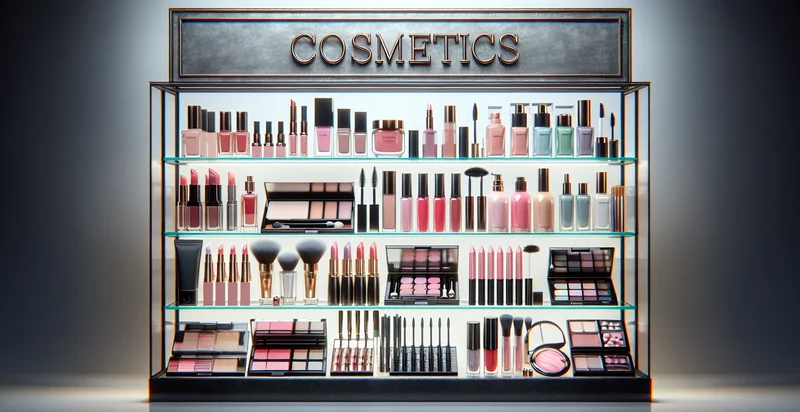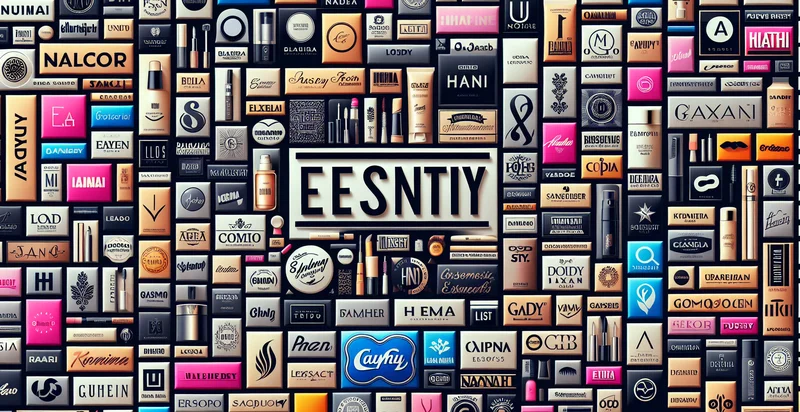Identify cosmetics brands
using AI
Below is a free classifier to identify cosmetics brands. Just upload your image, and our AI will predict what cosmetics brand it belongs to - in just seconds.

Contact us for API access
Or, use Nyckel to build highly-accurate custom classifiers in just minutes. No PhD required.
Get started
import nyckel
credentials = nyckel.Credentials("YOUR_CLIENT_ID", "YOUR_CLIENT_SECRET")
nyckel.invoke("cosmetics-brands", "your_image_url", credentials)
fetch('https://www.nyckel.com/v1/functions/cosmetics-brands/invoke', {
method: 'POST',
headers: {
'Authorization': 'Bearer ' + 'YOUR_BEARER_TOKEN',
'Content-Type': 'application/json',
},
body: JSON.stringify(
{"data": "your_image_url"}
)
})
.then(response => response.json())
.then(data => console.log(data));
curl -X POST \
-H "Content-Type: application/json" \
-H "Authorization: Bearer YOUR_BEARER_TOKEN" \
-d '{"data": "your_image_url"}' \
https://www.nyckel.com/v1/functions/cosmetics-brands/invoke
How this classifier works
To start, upload your image. Our AI tool will then predict what cosmetics brand it belongs to.
This pretrained image model uses a Nyckel-created dataset and has 20 labels, including Anastasia Beverly Hills, Bare Minerals, Benefit, Bobbi Brown, Chanel, Clinique, Covergirl, Dior, Estée Lauder and Fenty Beauty.
We'll also show a confidence score (the higher the number, the more confident the AI model is around what cosmetics brand it belongs to).
Whether you're just curious or building cosmetics brands detection into your application, we hope our classifier proves helpful.
Related Classifiers
Need to identify cosmetics brands at scale?
Get API or Zapier access to this classifier for free. It's perfect for:
- Brand Detection in Social Media: This function can analyze images posted on social media platforms to identify whether they feature products from specific cosmetics brands. Brands can use these insights to understand their market presence and gauge customer engagement through user-generated content.
- Counterfeit Product Identification: Cosmetic brands can deploy this image classification function to detect counterfeit products by comparing images against their official product database. This can help in taking necessary legal actions and protecting the brand's reputation from fraudulent products.
- Influencer Partnership Assessment: Brands can use this function to evaluate potential influencers by analyzing the products they showcase in their content. By identifying featured cosmetic items, brands can make informed decisions about partnership opportunities that align with their brand identity.
- Brand Sentiment Analysis: By classifying images that feature cosmetics products, brands can monitor customer sentiment based on product representations in various images. Analyzing which brands are favored or criticized in public images can guide marketing strategies and product development.
- Market Trend Analysis: This function could assist in analyzing trends in cosmetics by categorizing images over time. Brands can gain insights into emerging styles, popular products, and consumer preferences, allowing them to stay competitive and innovative.
- E-commerce Catalog Management: E-commerce platforms can implement this image classification function to automatically tag and categorize cosmetic products uploaded by sellers. This feature enhances the user experience by improving search functionalities and product discoverability.
- Customer Feedback Evaluation: Brands can use this function to analyze images that customers share with reviews or feedback. By understanding which products are frequently mentioned and how they’re visually represented, companies can gain valuable insights into customer satisfaction and areas for improvement.


